Shrimp cultivation involves the controlled breeding and farming of shrimp for commercial purposes. It is a methodical process that requires expertise in various aspects of aquaculture. Farmers carefully manage the environment, nutrition, and health of the shrimp to ensure optimal growth and quality. Shrimp cultivation can range from small-scale operations to large commercial farms producing millions of pounds of shrimp annually.
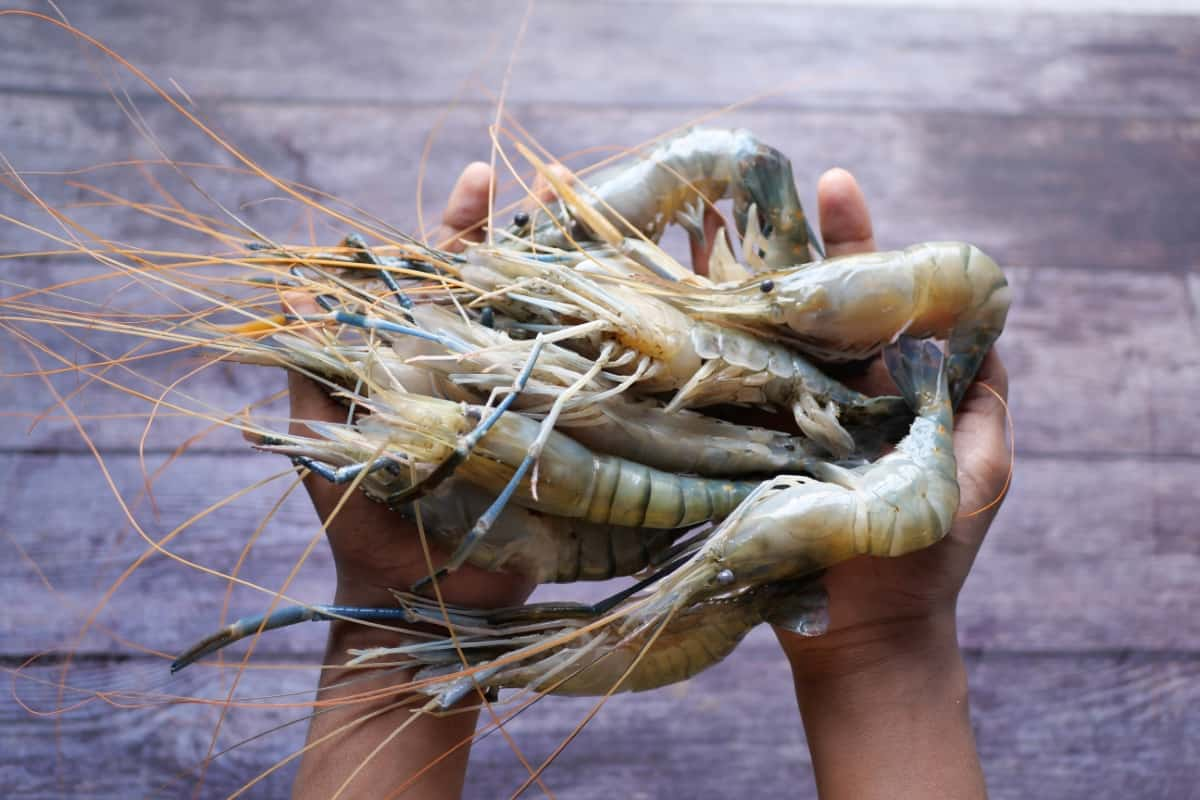
Understanding Shrimp Biology and Life Cycle
Shrimp undergo various developmental stages, from larvae to postlarvae, before reaching adulthood. Each stage requires specific environmental conditions and nutrition for optimal growth. The molting process is essential for shrimp as they shed their exoskeletons to grow. Proper nutrition rich in proteins and vitamins supports this growth phase. Maintaining water quality is vital throughout the life cycle to ensure healthy development and minimize stress.
Breeding practices aim to produce robust offspring with desirable traits for commercial cultivation. By selecting the right broodstock, farmers can enhance genetic diversity and resilience in their shrimp populations. Monitoring the life cycle closely allows farmers to intervene when necessary, ensuring a successful harvest later on.
Selecting the Right Shrimp Species for Cultivation
When it comes to shrimp cultivation, selecting the right species is crucial for success. Each species has unique characteristics that can impact growth and yield. Some popular choices for cultivation include Pacific white shrimp, giant tiger prawns, and freshwater prawns. Pacific white shrimp are known for their fast growth rate and adaptability to various farming conditions. Giant tiger prawns are prized for their large size and premium taste. Freshwater prawns thrive in inland farms and are resistant to diseases.
Before choosing a species, consider factors like water temperature, pond depth, and market demand. It’s essential to research each species thoroughly to ensure they align with your goals and resources. For those looking for smaller-sized shrimps, the Kuruma prawn (Marsupenaeus japonicus) or Northern pink shrimp (Pandalus borealis) could be suitable choices. The Blue leg shrimp (Litopenaeus stylirostris) is also a favorite among farmers due to its taste and color.
Site Selection for Shrimp Farms
The selected location can greatly impact the success of your cultivation venture. Ideally, a suitable site should have access to a clean and ample water supply and good-quality soil for pond construction. Proximity to markets for easy distribution is also key to reducing transportation costs.
In case you missed it: How to Start Your Own Backyard Freshwater Prawn/Shrimp Hatchery from Scratch
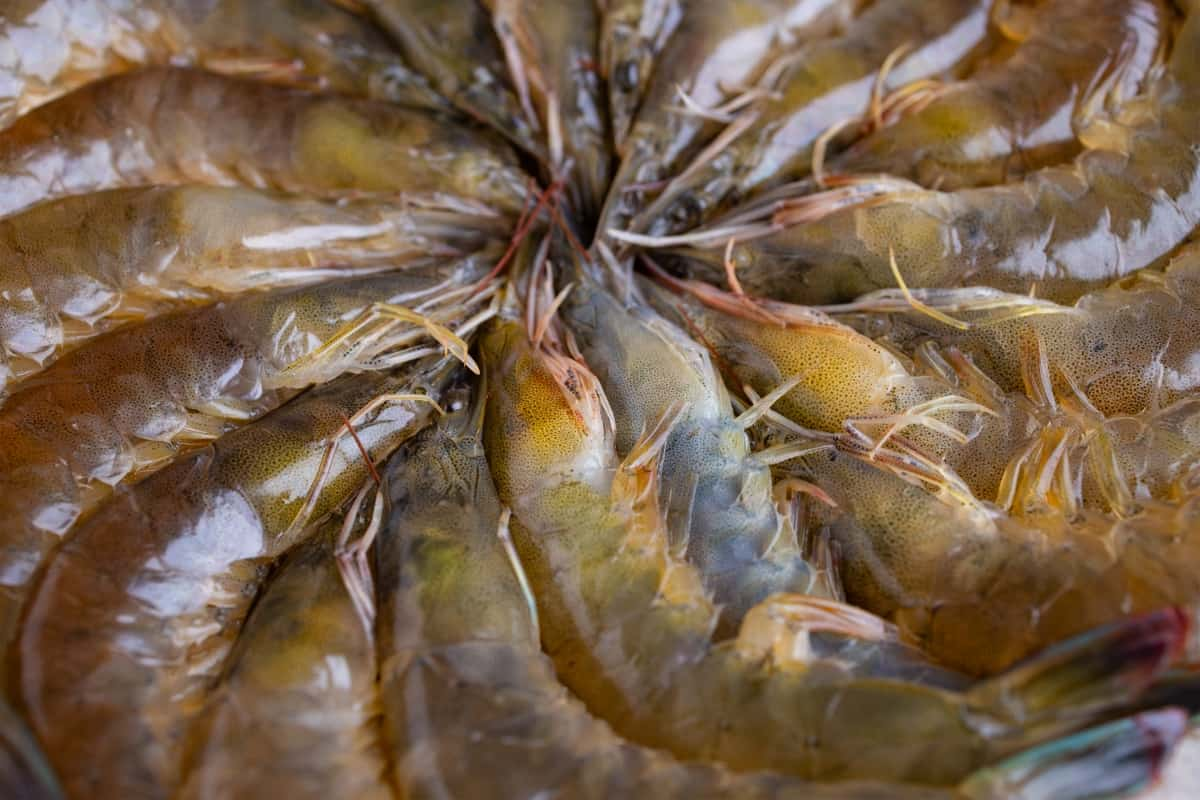
Consider factors like temperature, salinity levels, and water depth when choosing a site for your shrimp farm. Shrimp thrive in specific environmental conditions, so ensure that these requirements are met. It’s important to conduct thorough research and feasibility studies before finalizing a site for your shrimp farm. Consulting with experts or experienced farmers can provide valuable insights into selecting an optimal location.
Designing and Constructing Shrimp Ponds
The layout of the pond plays a crucial role in maximizing shrimp growth and yield. Proper sizing, depth, and water circulation are essential elements to take into account during the design phase. Selecting the location for a shrimp farm is vital. Some factors like access to clean water sources, suitable soil composition, and proximity to markets should all be considered when choosing a site for pond construction.
Constructing sturdy pond walls and ensuring proper drainage can help prevent flooding and maintain optimal water levels throughout the cultivation cycle. Investing in quality materials and equipment upfront can save time and resources in the long run. Efficient pond design not only promotes healthy shrimp development but also contributes to overall farm productivity.
Water Quality Management in Shrimp Farming
Maintaining optimal water quality is crucial in shrimp farming to ensure healthy growth and maximize yields. Regular monitoring of parameters such as temperature, pH levels, dissolved oxygen, and ammonia levels is essential. Proper aeration and filtration systems help to maintain the right balance of nutrients and oxygen in the water.
Avoiding overstocking ponds can prevent stress on shrimp due to overcrowding, leading to disease outbreaks. Implementing regular water exchanges or using probiotics can improve water quality by reducing harmful bacteria levels. Sustainable practices like utilizing natural wetlands or mangroves can act as biofilters for wastewater treatment. Investing in water testing kits and training farm staff on best practices for water management are key steps toward successful shrimp cultivation.
Feed and Nutrition for Healthy Shrimp Growth
Shrimps are omnivores, meaning they consume both plant and animal matter. Providing a good diet rich in protein is essential for their optimal growth. Commercial shrimp feeds are available in the market, formulated specifically to meet the dietary requirements of various shrimp species. These feeds typically contain a mix of vitamins, carbohydrates, proteins, fats, and minerals to support overall health.
In case you missed it: A Comprehensive Guide to Sustainable Shrimp Farming
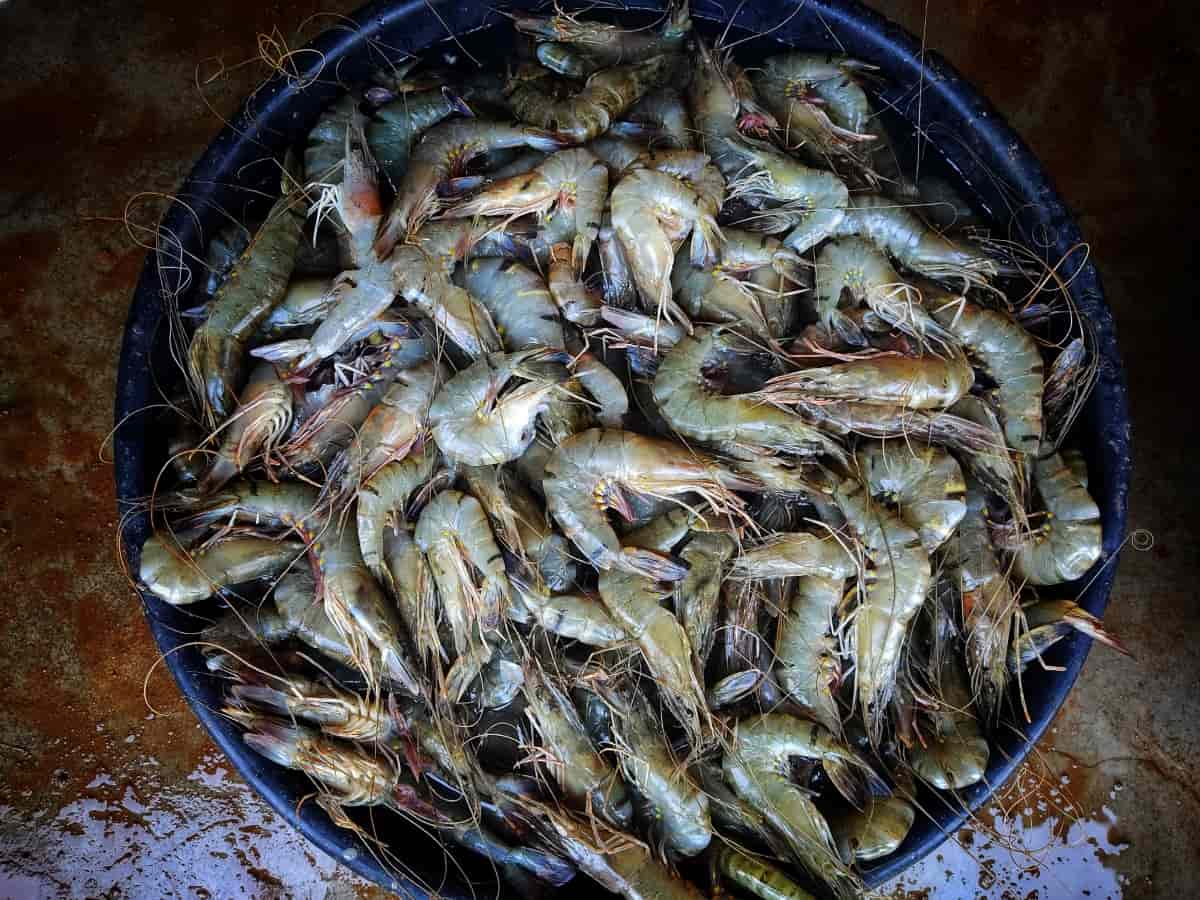
In addition to commercial feeds, supplementary feeding with natural sources like algae, plankton, or even kitchen scraps can enhance the nutritional profile of shrimps. It’s important to monitor feed consumption closely to prevent overfeeding or underfeeding, which can impact growth rates. Proper nutrition not only promotes faster growth but also helps in disease resistance and the overall well-being of the shrimp population.
Managing Shrimp Health and Disease Prevention
Shrimp diseases can pose significant challenges to shrimp farmers, affecting the health and productivity of their crops. One common disease is White Spot Syndrome Virus (WSSV), which causes white spots on the exoskeleton and can lead to high mortality rates. Another troublesome disease is Infectious Hypodermal and Hematopoietic Necrosis Virus (IHHNV), resulting in slow growth and deformities in infected shrimp.
Enterocytozoon hepatopenaei (EHP) is a microsporidian parasite that affects the hepatopancreas of shrimp, leading to reduced nutrient absorption and weak immune systems. Taura Syndrome Virus (TSV) is another viral pathogen that causes discoloration, lethargy, and eventual death in affected shrimp populations.
Understanding these diseases’ symptoms and preventive measures is crucial for successful shrimp cultivation. Disease prevention plays a significant role in maintaining the well-being of your aquatic creatures. Implementing biosecurity measures within your farm can also reduce the risk of introducing pathogens.
Proper nutrition is key to boosting shrimp’s immune systems, making them more resilient against diseases. A good diet rich in essential nutrients can contribute to overall health and vitality. Consulting with aquaculture experts or veterinarians specializing in aquatic animals can help identify the cause and provide appropriate treatment options.
Breeding Practices and Hatchery Management
Breeding practices involve selecting healthy broodstock and creating optimal reproduction conditions. Proper genetic selection can lead to improved growth rates and disease resistance in the offspring. Breeding shrimp involves meticulous planning and careful management to ensure successful reproduction. In hatcheries, maintaining optimal water quality, temperature, and salinity levels is crucial for the health and development of shrimp larvae.
Selective breeding practices are implemented to improve traits like growth rates and disease resistance in shrimp populations. Hatchery managers play a key role in monitoring breeding cycles, ensuring proper nutrition for broodstock, and overseeing larval-rearing protocols.
Proper egg handling, hatching techniques, and nursery management are essential steps in the early stages of shrimp cultivation. Ensuring a controlled environment with sufficient food supply is vital for the survival and growth of young shrimp. Hatchery management also involves disease prevention strategies such as regular health checks, biosecurity measures, and quarantine procedures to minimize the risk of infections spreading among breeding stock.
Hatchery management focuses on providing the right environment for shrimp larvae to develop into juveniles. This includes maintaining water quality, temperature control, and feeding schedules tailored to each developmental stage. Successful hatchery management requires attention to detail and constant monitoring of pH levels, oxygen saturation, and ammonia concentrations.
Natural and Artificial Stocking Methods
Natural stocking involves introducing post-larvae or juveniles directly into the ponds, allowing them to grow naturally in their environment. On the other hand, artificial stocking methods involve hatchery-raised shrimp being stocked into ponds once they reach a certain size. This method provides more control over the initial stock density and can help prevent diseases and improve growth rates.
In case you missed it: Best Techniques to Increase Vannamei Shrimp Farming Yield
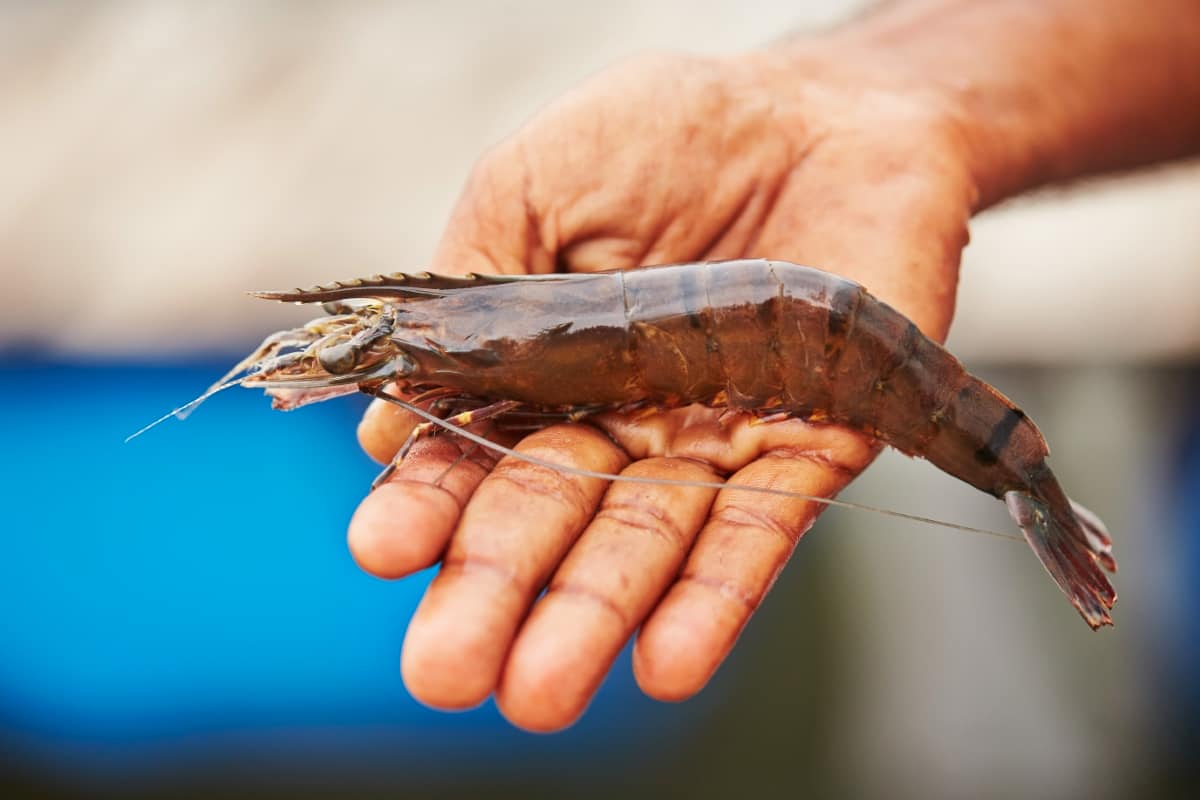
Both natural and artificial stocking methods have their advantages and considerations. Natural stocking may be more cost-effective but carries higher risks of disease transmission, while artificial stocking requires careful monitoring of water quality and feeding practices to ensure optimal growth.
Monitoring and Managing Shrimp Growth
By closely observing the growth patterns and behavior of the shrimp, farmers can make informed decisions to optimize their development. Checking water quality parameters is essential in ensuring a healthy environment for shrimp growth. It’s important to keep track of feed consumption rates and adjust feeding regimes accordingly to prevent overfeeding or underfeeding.
Monitoring the overall health of the shrimp by observing any signs of disease or stress helps in early intervention and treatment if necessary. Regularly measuring growth rates through sampling techniques allows farmers to assess the progress of their stock accurately. Adjusting stocking densities based on growth rates ensures optimal space utilization within the ponds.
Harvesting Techniques in Shrimp Cultivation
Harvesting shrimp is a crucial step in shrimp cultivation that requires precision and care. The timing of the harvest plays a major role in the final product quality. Shrimp are typically harvested using nets or traps, depending on the size of the farm and the type of shrimp being cultivated. Once harvested, it’s essential to quickly transport the shrimp to processing facilities to maintain their freshness. Proper handling techniques during harvesting help ensure minimal stress on the shrimp, preserving their texture and flavor.
Harvesting methods may vary based on whether you’re cultivating freshwater or saltwater shrimp species. Each technique has its nuances that farmers must master to maximize yield and quality. Efficient harvesting practices not only benefit farmers by increasing productivity but also contribute to sustainable farming practices by reducing waste and environmental impact.
Post-Harvest Handling and Processing
Proper post-harvest handling and processing are crucial to maintain quality. Once harvested, shrimp should be quickly chilled to preserve freshness and prevent bacterial growth. Proper storage conditions ensure that shrimp retain their flavor and texture. Processing methods like cleaning, grading, deveining, and packaging play a significant role in preparing shrimp for market.
In case you missed it: Tiger Prawn Cultivation Techniques; Prawn Breeding
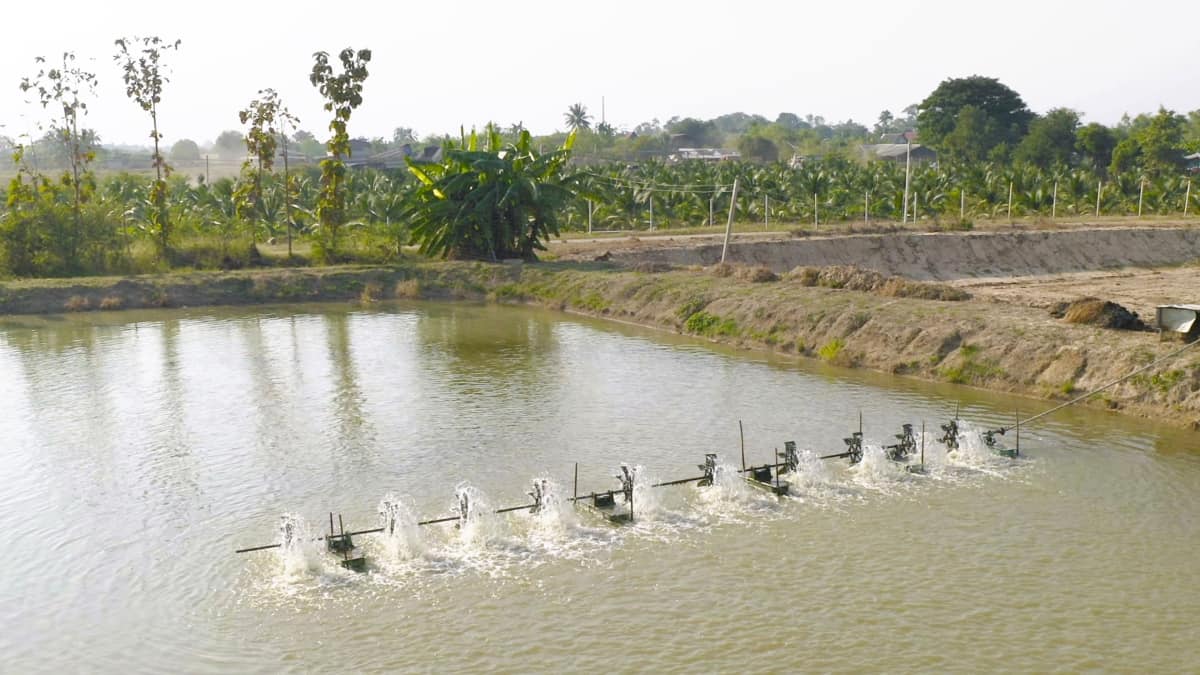
Each step contributes to ensuring that customers receive high-quality products. Whether fresh or frozen, shrimp must be handled with care to maintain their delicate taste. Utilizing modern processing techniques can enhance shelf life while preserving nutritional value.
Marketing Strategies for Shrimp Products
Utilize social media to showcase mouth-watering images of your succulent shrimp dishes. Engage with customers through interactive posts and promotions to create a buzz around your brand. Consider collaborating with local restaurants or seafood markets to expand your reach and introduce your shrimp products to a wider audience. Attend food festivals or farmers’ markets to give out samples and create awareness about the superior taste of your shrimp.
Create an online marketing store where customers can easily purchase your shrimp products for convenient home delivery. Offer discounts or special deals for first-time buyers to incentivize them to try out your offerings. Utilize influencer marketing by partnering with food bloggers or chefs who can endorse your shrimp products and attract their followers’ attention. Remember, effective marketing strategies can help differentiate your brand in the competitive seafood market.
Sustainability and Environmental Considerations
Sustainable practices benefit the environment and also ensure the long-term viability of shrimp farming operations. The key aspect of sustainability is water management. Properly managing water quality and quantity not only ensures healthy shrimp growth but also protects surrounding habitats from pollution. Another crucial consideration is reducing waste production. By implementing efficient processing techniques and recycling organic matter, farms can decrease their environmental impact significantly.
Furthermore, sustainable shrimp farming involves maintaining biodiversity in aquatic environments by avoiding the use of harmful chemicals and preserving mangrove habitats that serve as essential breeding grounds for many species. Implementing eco-friendly techniques like mangrove restoration, water recycling systems, and responsible feed sourcing can help reduce the industry’s carbon footprint. By promoting biodiversity in and around shrimp farms, we create a healthier ecosystem that supports both marine life and local communities.
In case you missed it: 16 Key Rules for Effective Shrimp/Prawn Farm Management: From Planning to Reduce Production Cost
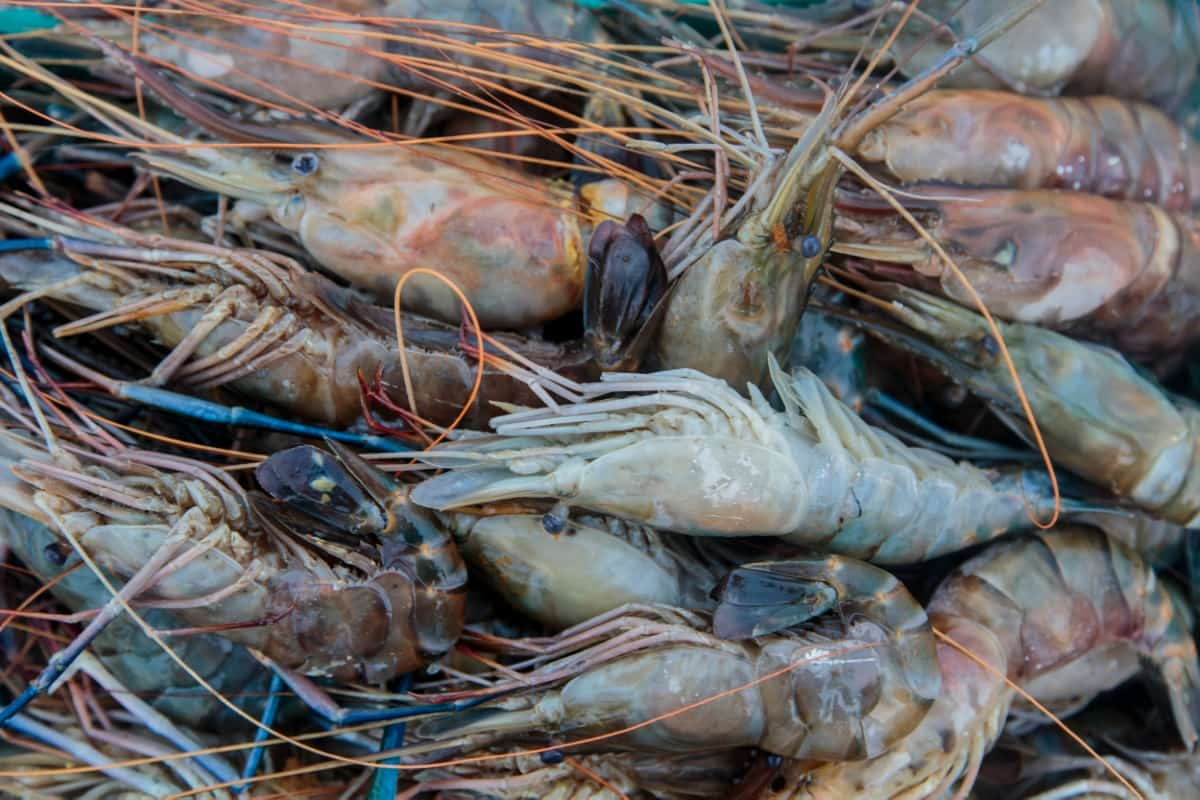
Future Trends in Shrimp Farming Technology and Practices
The major trend is the implementation of AI and machine learning algorithms for enhanced farm management. These technologies can analyze data on water quality, feed efficiency, and shrimp health in real-time, optimizing production processes. Innovations in recirculating aquaculture systems (RAS) are also gaining traction. These systems offer sustainable solutions for water usage and waste management.
RAS technology allows farmers to control environmental parameters more precisely, leading to higher yields and better resource utilization. Additionally, genetic research is paving the way for selective breeding programs that produce more resilient and productive shrimp varieties. This targeted approach aims to enhance growth rates, disease resistance, and overall yield without compromising on flavor or texture.
Proper pond preparation, water quality management, and disease prevention are key factors in maximizing yield and ensuring a successful harvest. By following these techniques, shrimp farmers can increase their chances of success and enjoy a lucrative and sustainable business for years to come. You can watch this for sustainable backyard shrimp farming.
- Types of Pesticides Used in Agriculture: A Beginner’s Guide
- Economical Aquaculture: A Guide to Low-Budget Fish Farming
- 15 Common Planting Errors That Can Doom Your Fruit Trees
- How to Make Houseplants Bushy: Effective Tips and Ideas
- Innovative Strategies for Boosting Coconut Pollination and Yield
- Pollination Strategies for Maximum Pumpkin Yield
- The Complete Guide to Chicken Fattening: Strategies for Maximum Growth
- Natural Solutions for Tulip Problems: 100% Effective Remedies for Leaf and Bulb-Related Issues
- Revolutionizing Citrus Preservation: Towards a Healthier, Greener Future
- Natural Solutions for Peony Leaf and Flower Problems: 100% Effective Remedies
- Maximizing Profits with Avocado Contract Farming in India: A Comprehensive Guide
- Natural Solutions for Hydrangea Problems: 100% Effective Remedies for Leaf and Flowers
- The Ultimate Guide to Choosing the Perfect Foliage Friend: Bringing Life Indoors
- From Sunlight to Sustainability: 15 Ways to Use Solar Technology in Agriculture
- The Ultimate Guide to Dong Tao Chicken: Exploring from History to Raising
- The Eco-Friendly Makeover: How to Convert Your Unused Swimming Pool into a Fish Pond
- Mastering the Art of Delaware Chicken Farming: Essentials for Healthy Backyard Flocks
- 20 Best Homemade Fertilizers for Money Plant: DIY Recipes and Application Methods
- How to Craft a Comprehensive Free-Range Chicken Farming Business Plan
- Brighten Your Flock: Raising Easter Egger Chickens for Beauty and Bounty
- How to Optimize Your Poultry Egg Farm Business Plan with These Strategies
- Subsidy for Spirulina Cultivation: How Indian Government Schemes Encouraging Spirulina Farmers
- Ultimate Guide to Raising Dominique Chickens: Breeding, Feeding, Egg-Production, and Care
- Mastering the Art of Raising Jersey Giant Chickens: Care, Feeding, and More
- Ultimate Guide to Raising Legbar Chickens: Breeding, Farming Practices, Diet, Egg-Production
- How to Raise Welsummer Chickens: A Comprehensive Guide for Beginners
- How to Protect Indoor Plants in Winter: A Comprehensive Guide
- Ultimate Guide to Grow Bag Gardening: Tips, Tricks, and Planting Ideas for Urban Gardeners
- Guide to Lotus Cultivation: How to Propagate, Plant, Grow, Care, Cost, and Profit
- Agriculture Drone Subsidy Scheme: Government Kisan Subsidy, License, and How to Apply Online
- Ultimate Guide to Raising Araucana Chickens: Breed Profile, Farming Economics, Diet, and Care
- Bringing Hydroponics to Classroom: Importance, Benefits of Learning for School Students
- Ultimate Guide to Raising Polish Chickens: Breed Profile, Farming Economics, Diet, and Care
- Ultimate Guide to Raising Australorp Chickens: Profile, Farming Economics, Egg Production, Diet, and Care
- Silkie Chicken Farming: Raising Practices, Varieties, Egg Production, Diet, and Care
- Sussex Chicken Farming: Raising Practices, Varieties, Egg Production, Diet and Care
Is there any Training for Shrimp Cultivation in India?
Yes, contact local fisheries department for more details of shrimp training.
We will soon update Prawn Farming Project Report along with suitable varieties of Prawn and Seed consulting services.
Sir please guide me ,want to start fish farming in palghar district
Read: Fish Farming Business Plan.
Read: Fish Farming FAQs.
hi i am thinking to start shrimp farming in Punjab(distt muktsar and distt bathinda), i have a little knowledge about aquaculture. can u please suggest a shrimp farm near my area so that i can get more explanation.
750852401
I would like to start prawns farming in maharashtra near mumbai. Please advice if there is any cultivation available.
i would like to start prawn farming at odisha, I have 8 htr fresh water pond, 60 km far from the sea. 40 degree centigrade at the time of summer, can you suggest which prawn is suitable for my place.
I Desire To Start A Prawn Farm Near Dahanu. I Am Looking Forward To Contact Prawn Farming Consultants.
Hi, I wants to buy Prawn from I on daily basis.
Pls confirm.
sir can we do shrimp farming and fish farming in borewell water its is the big doubt plzz help me out
Hi
I am from Maldives i would like to start Shrimp Farming here in Maldives,
May i have a contact for more details.